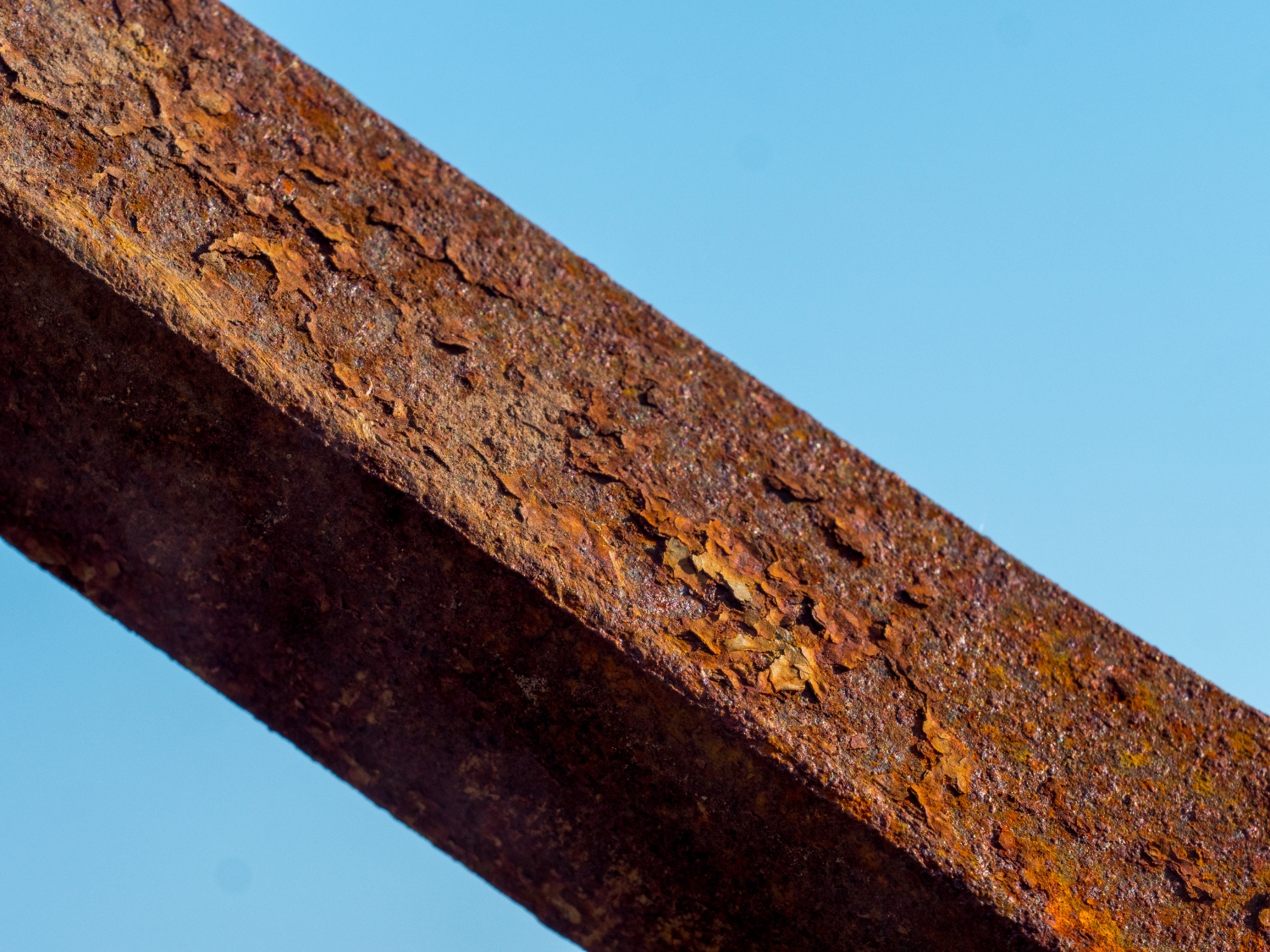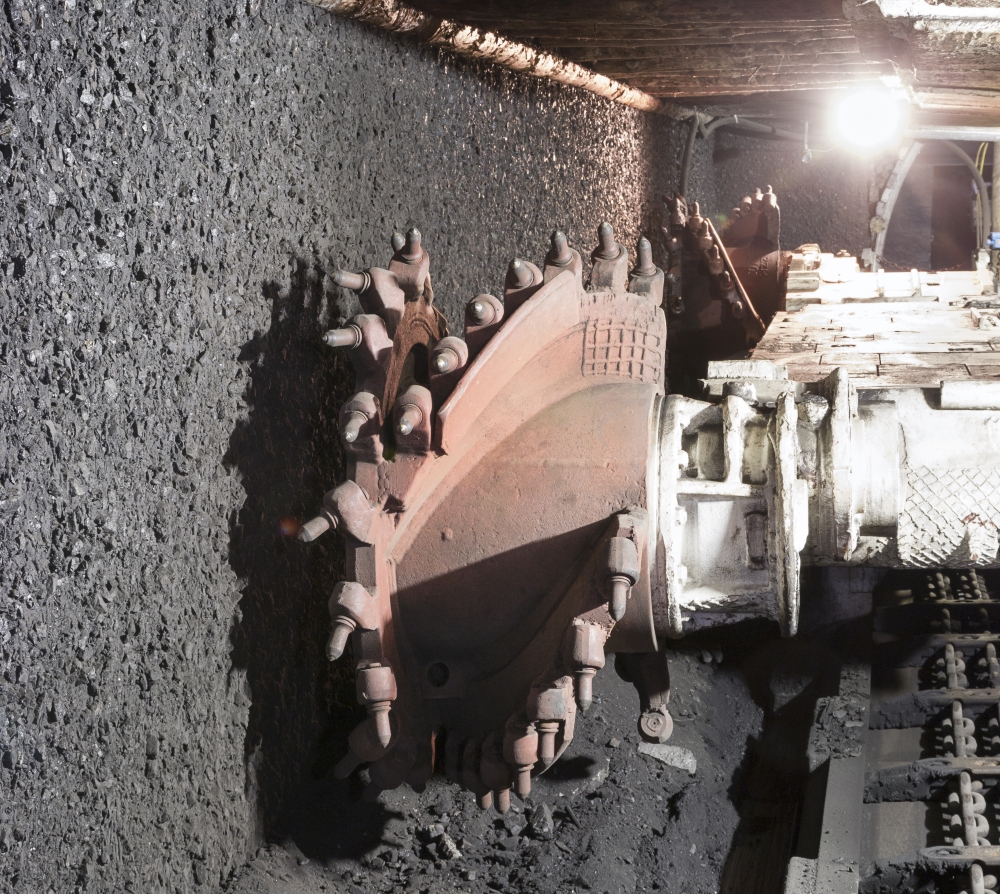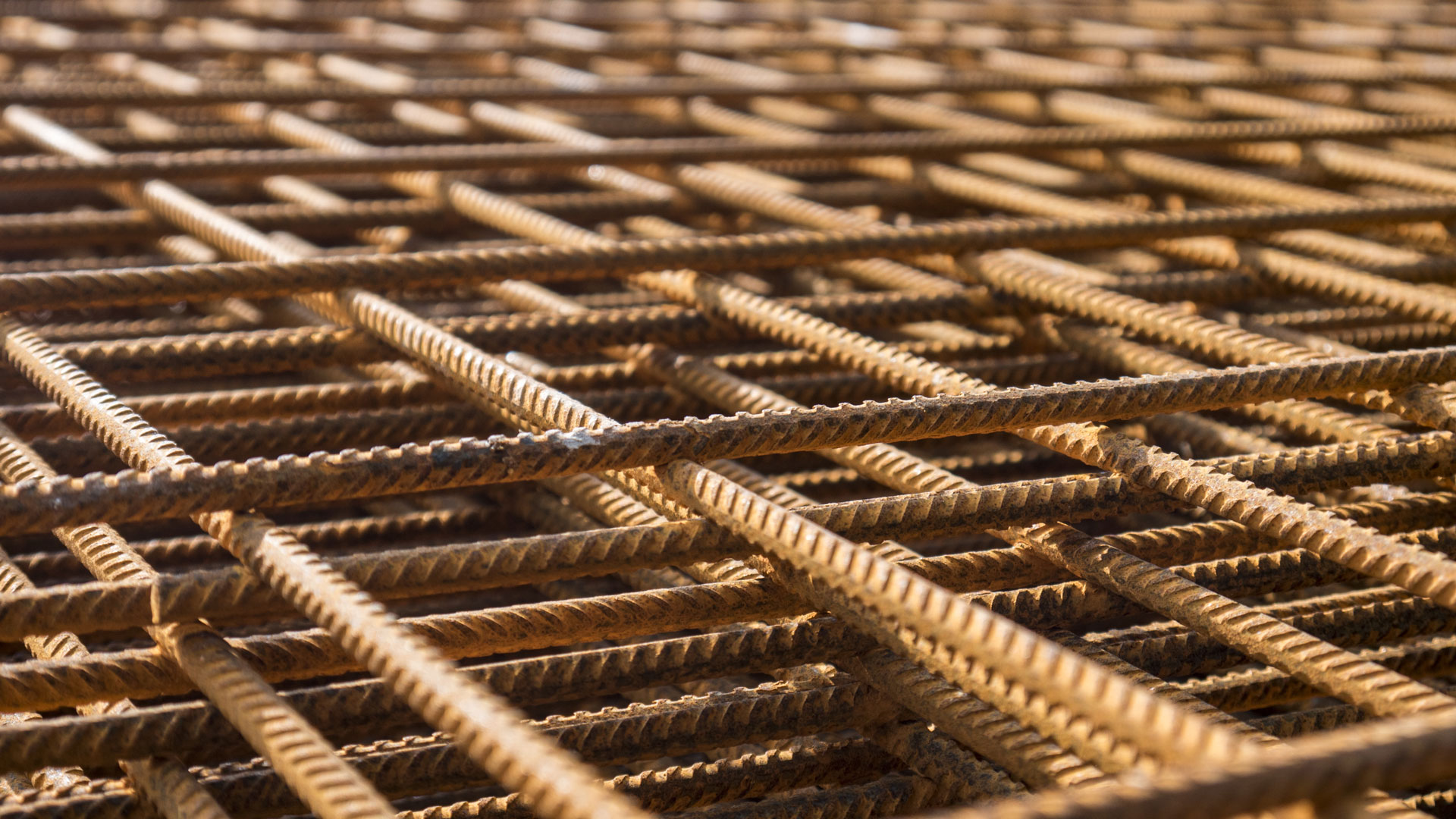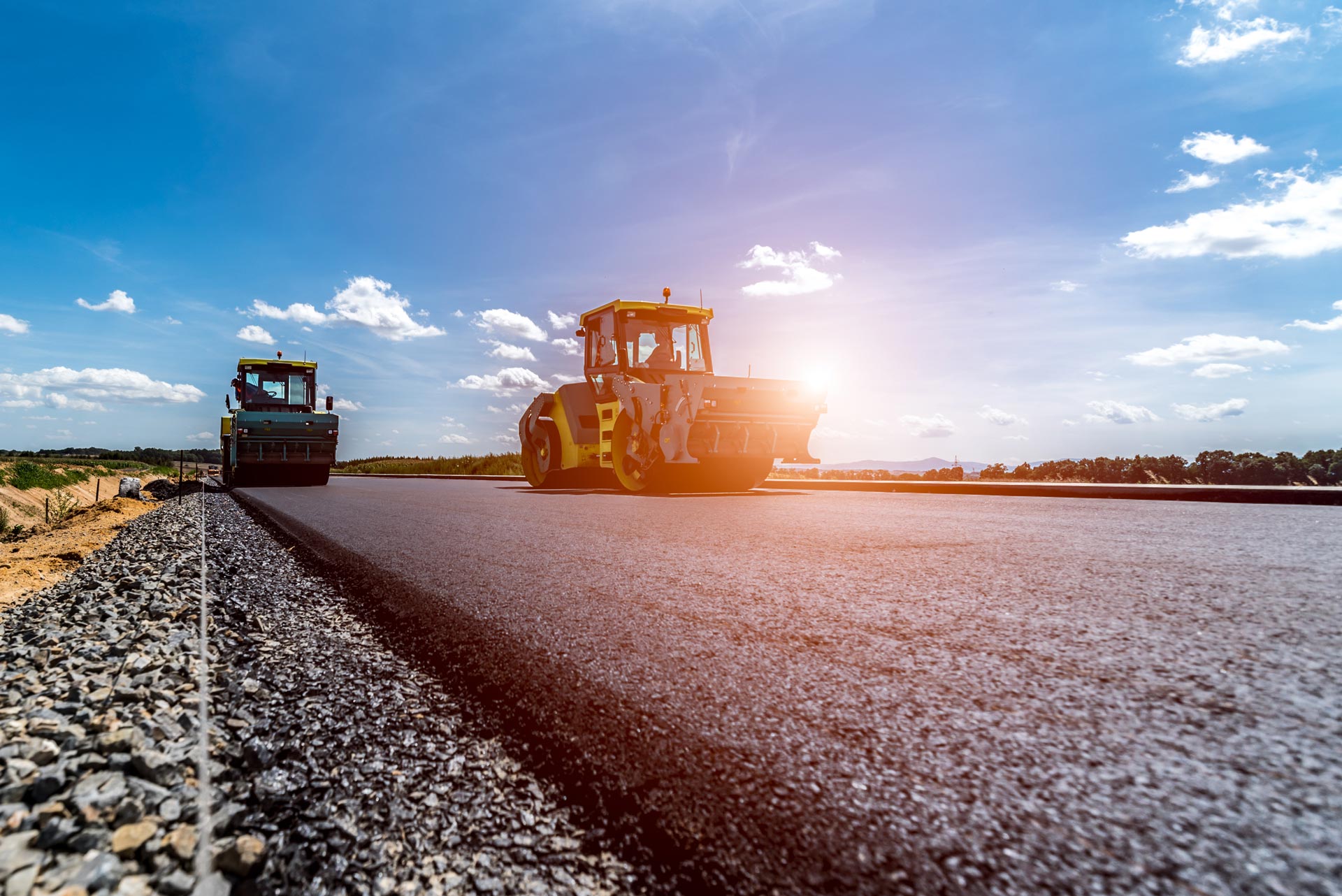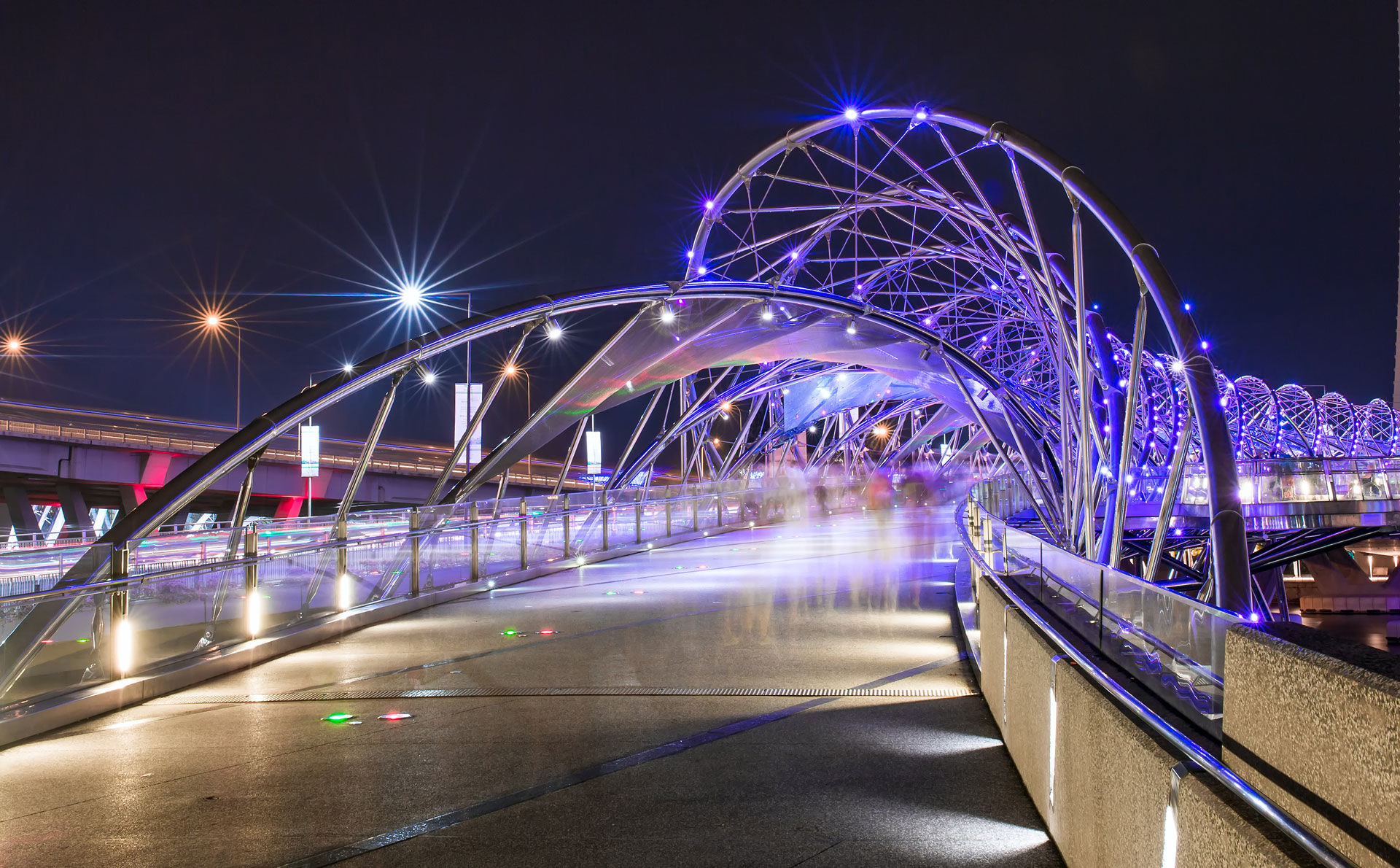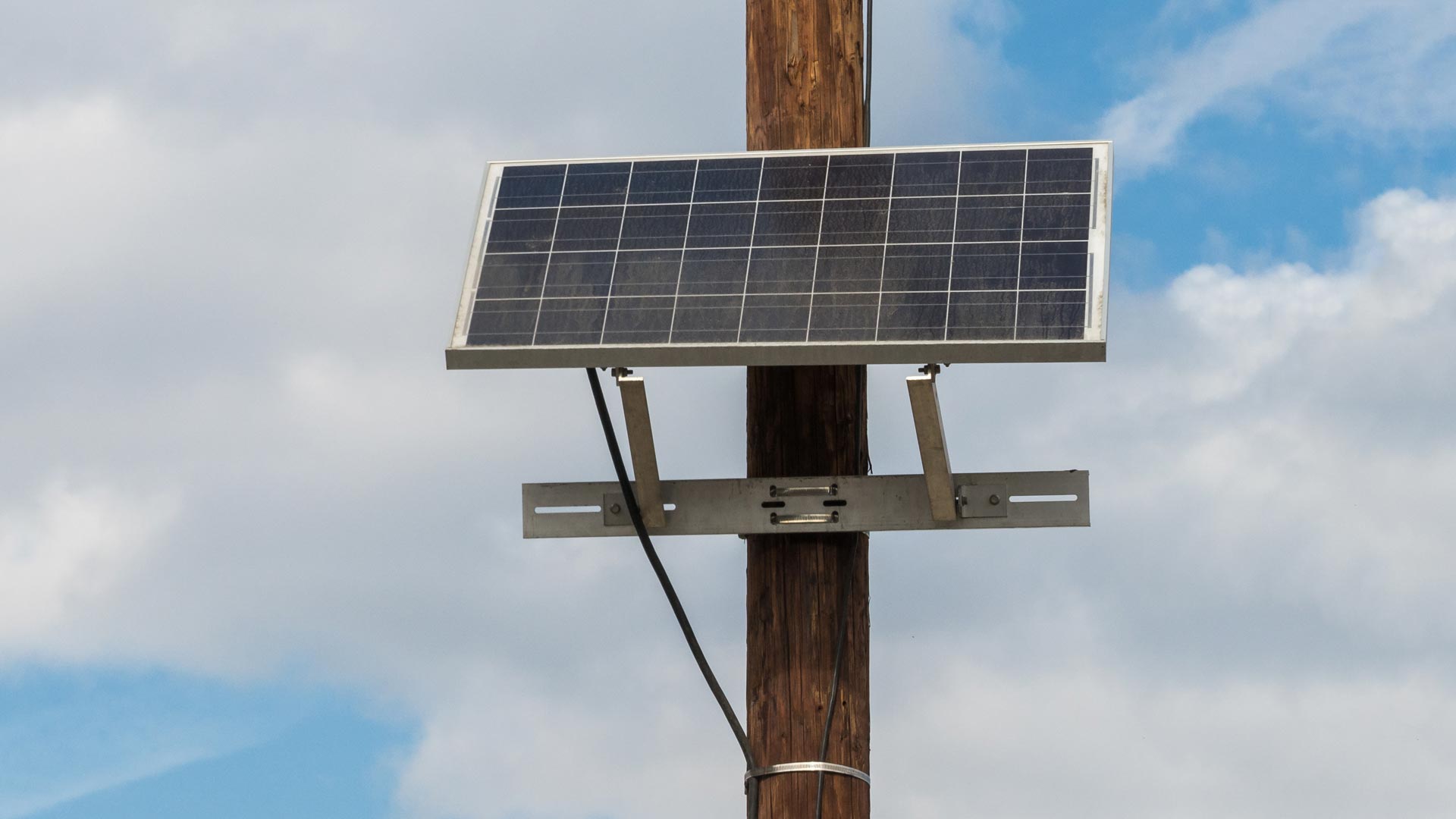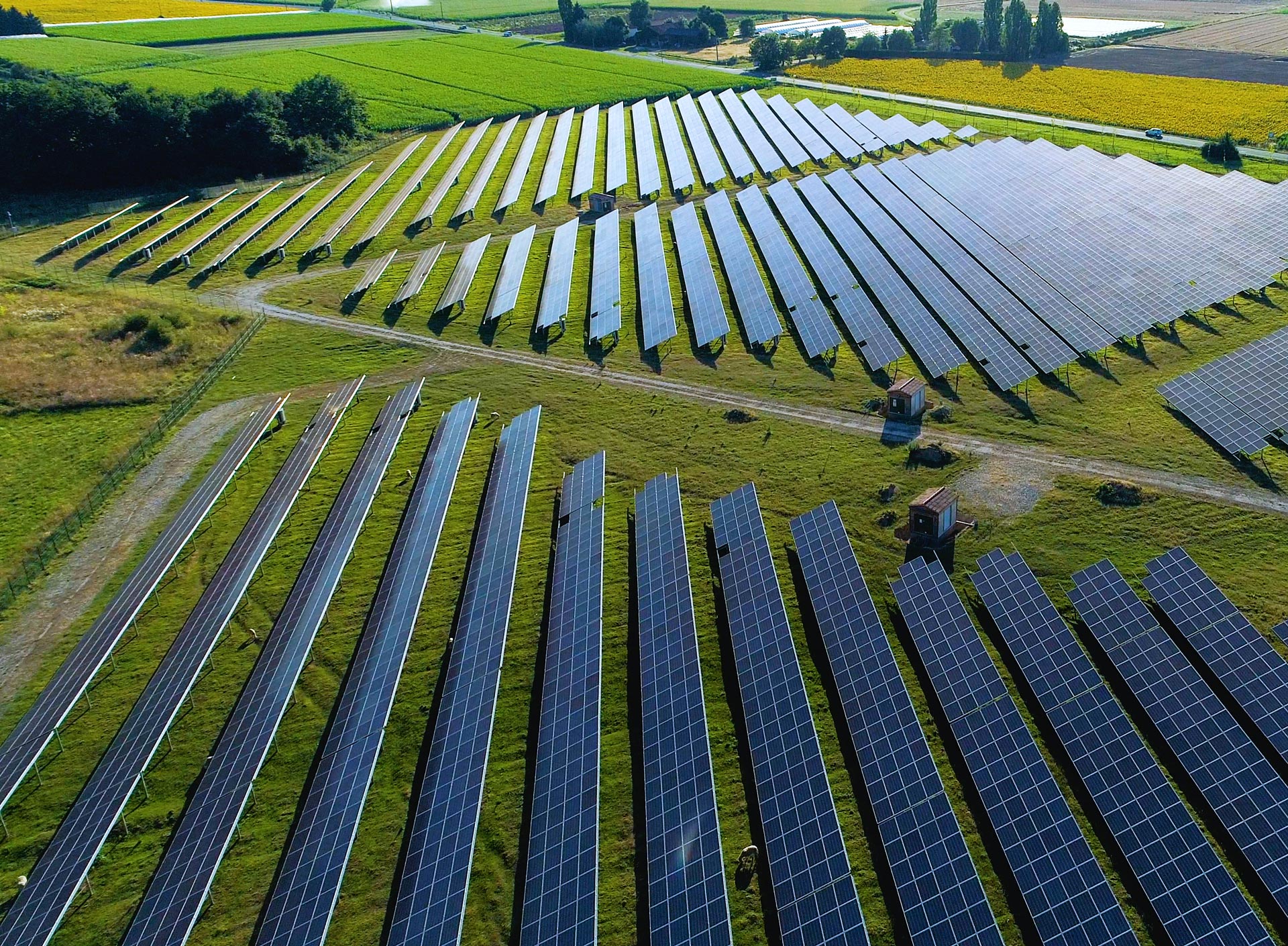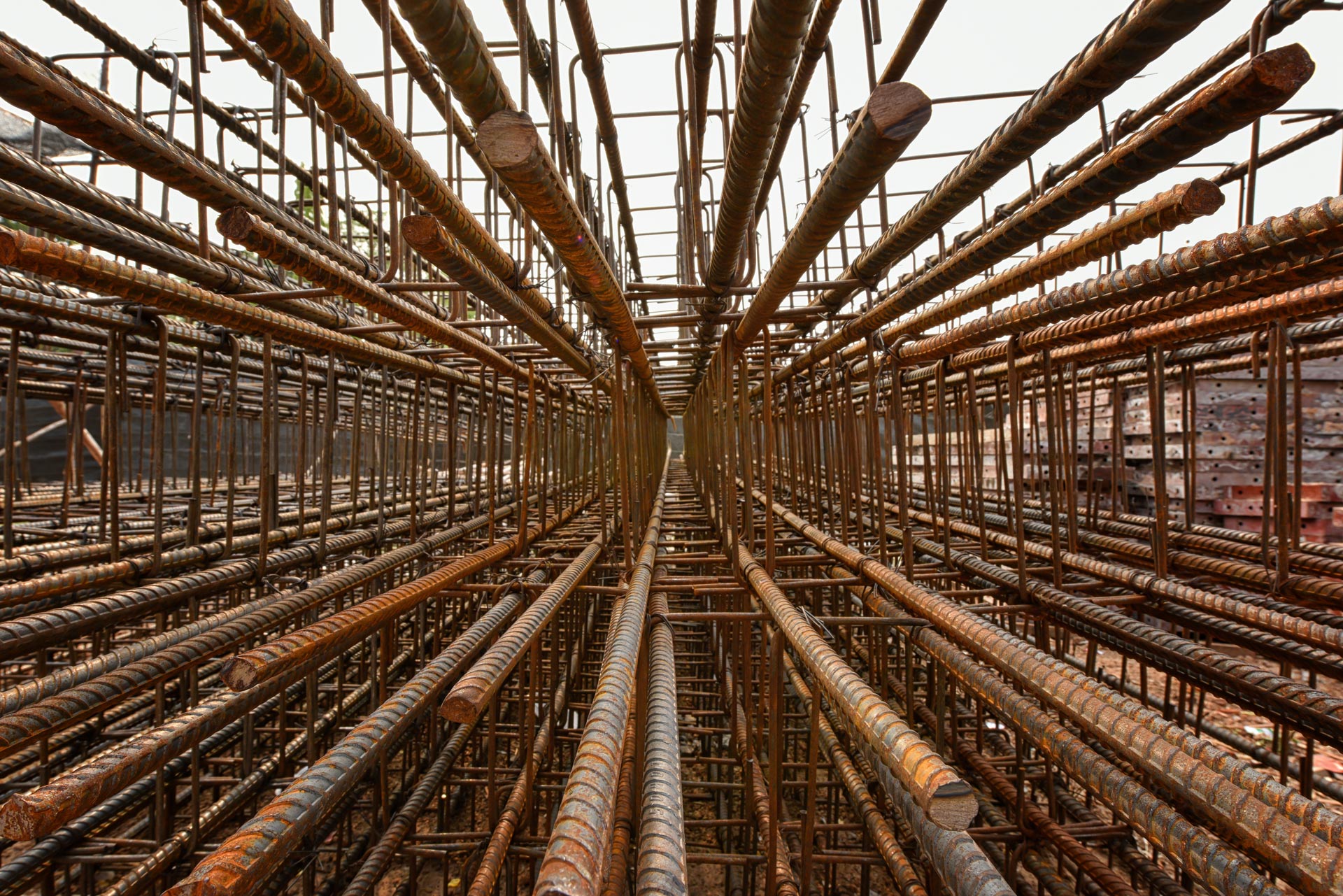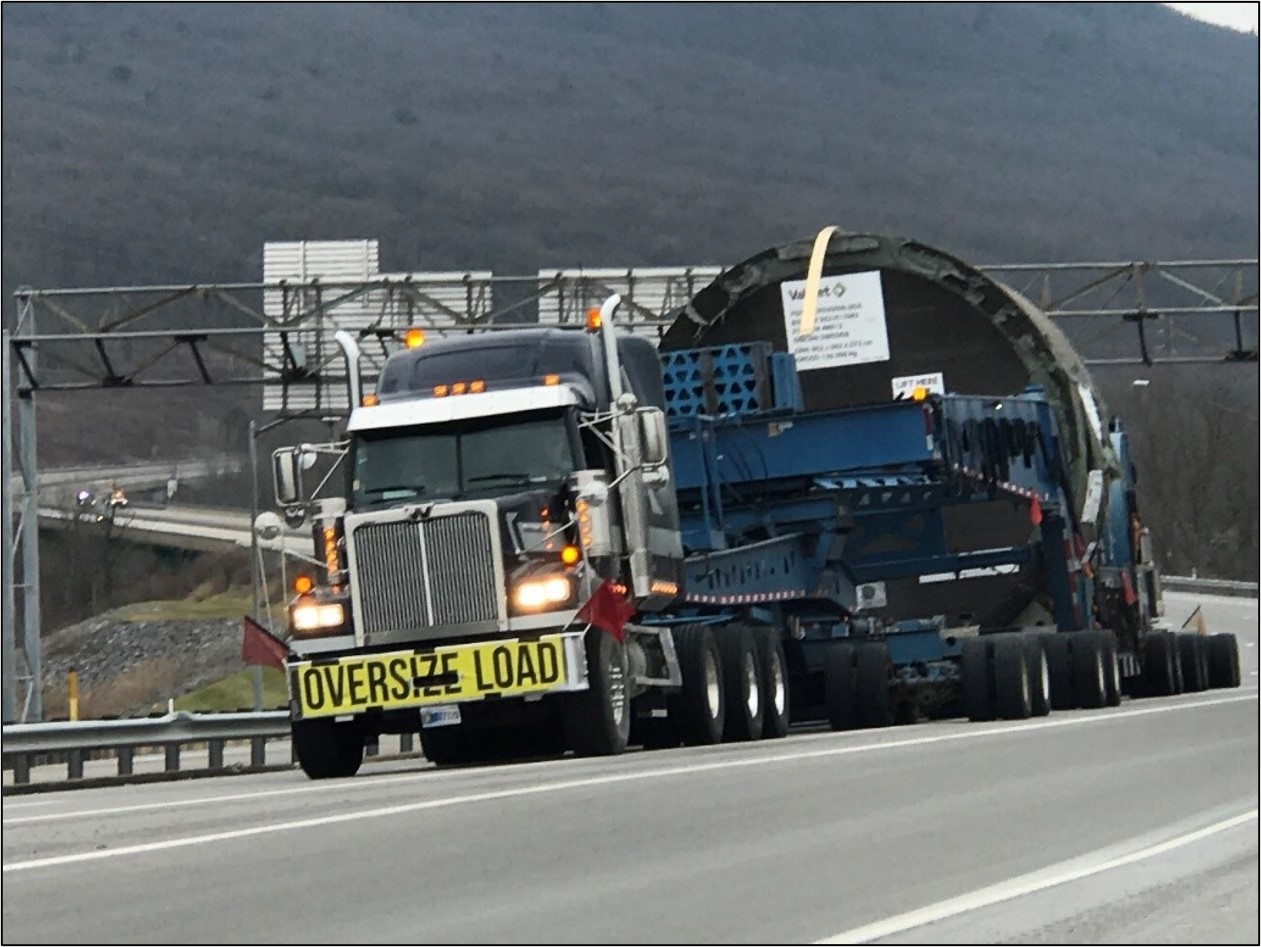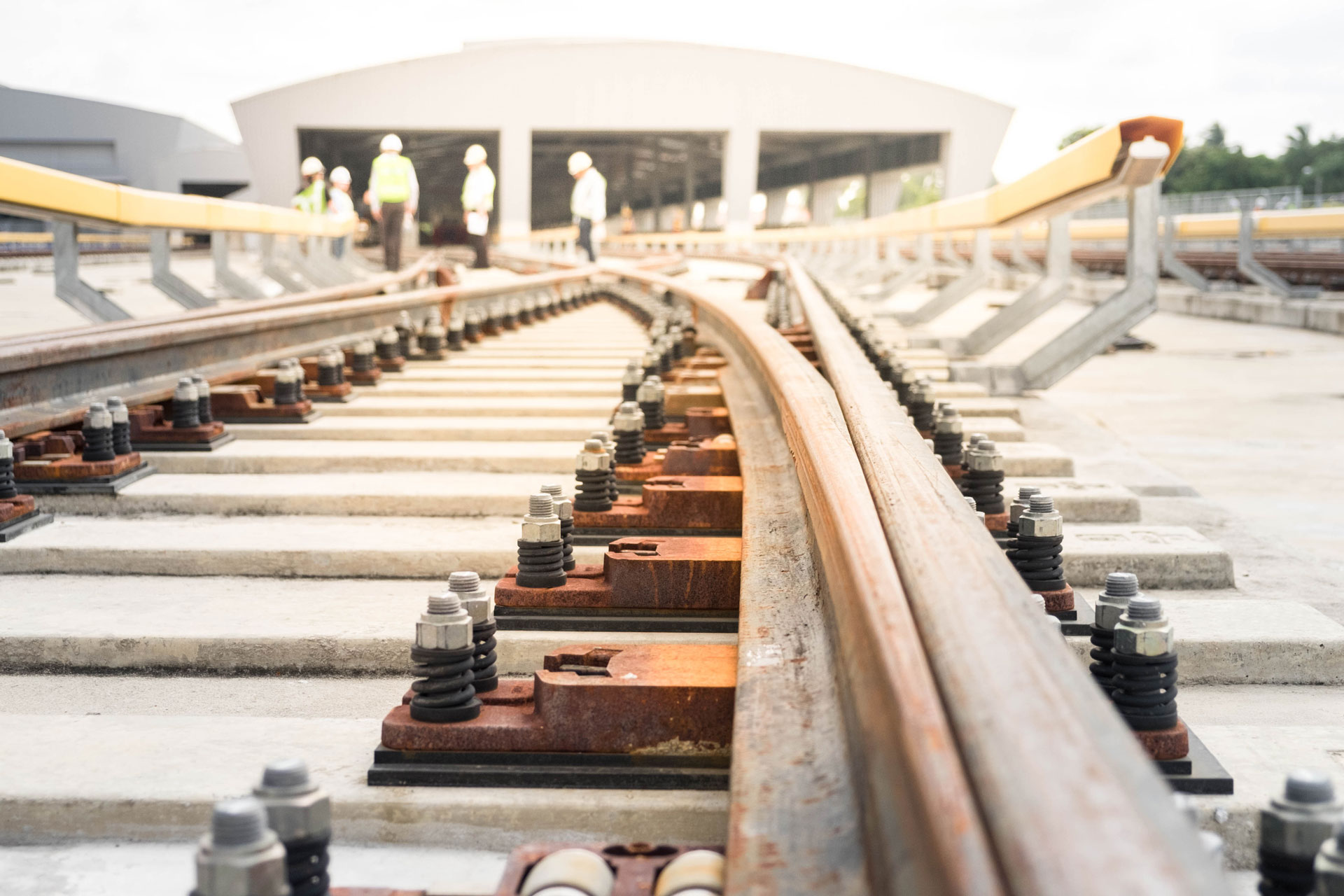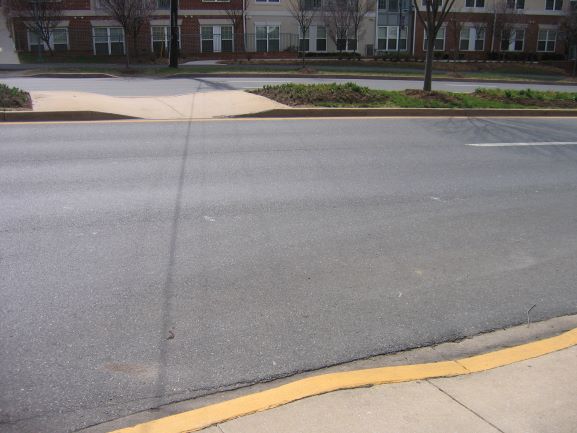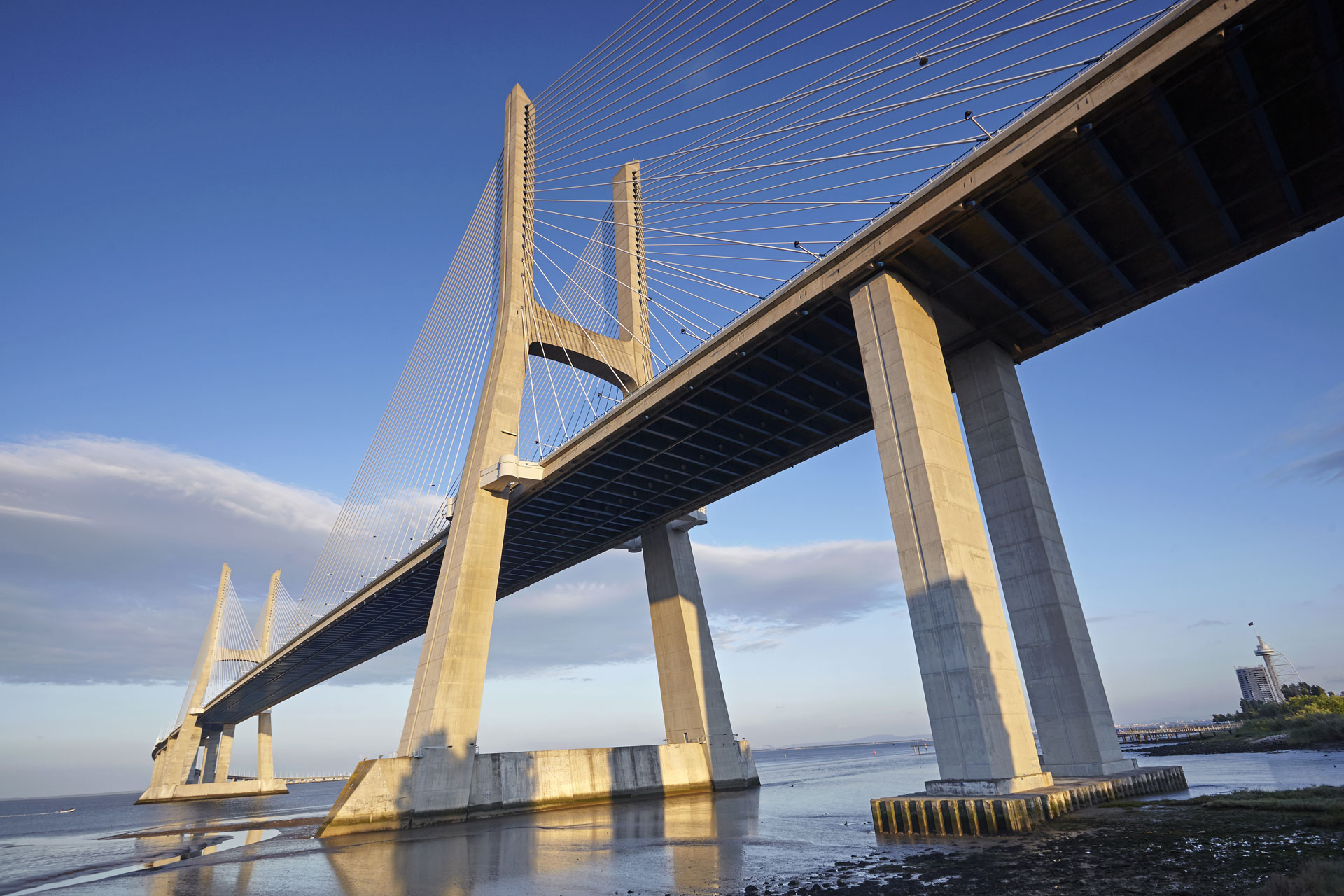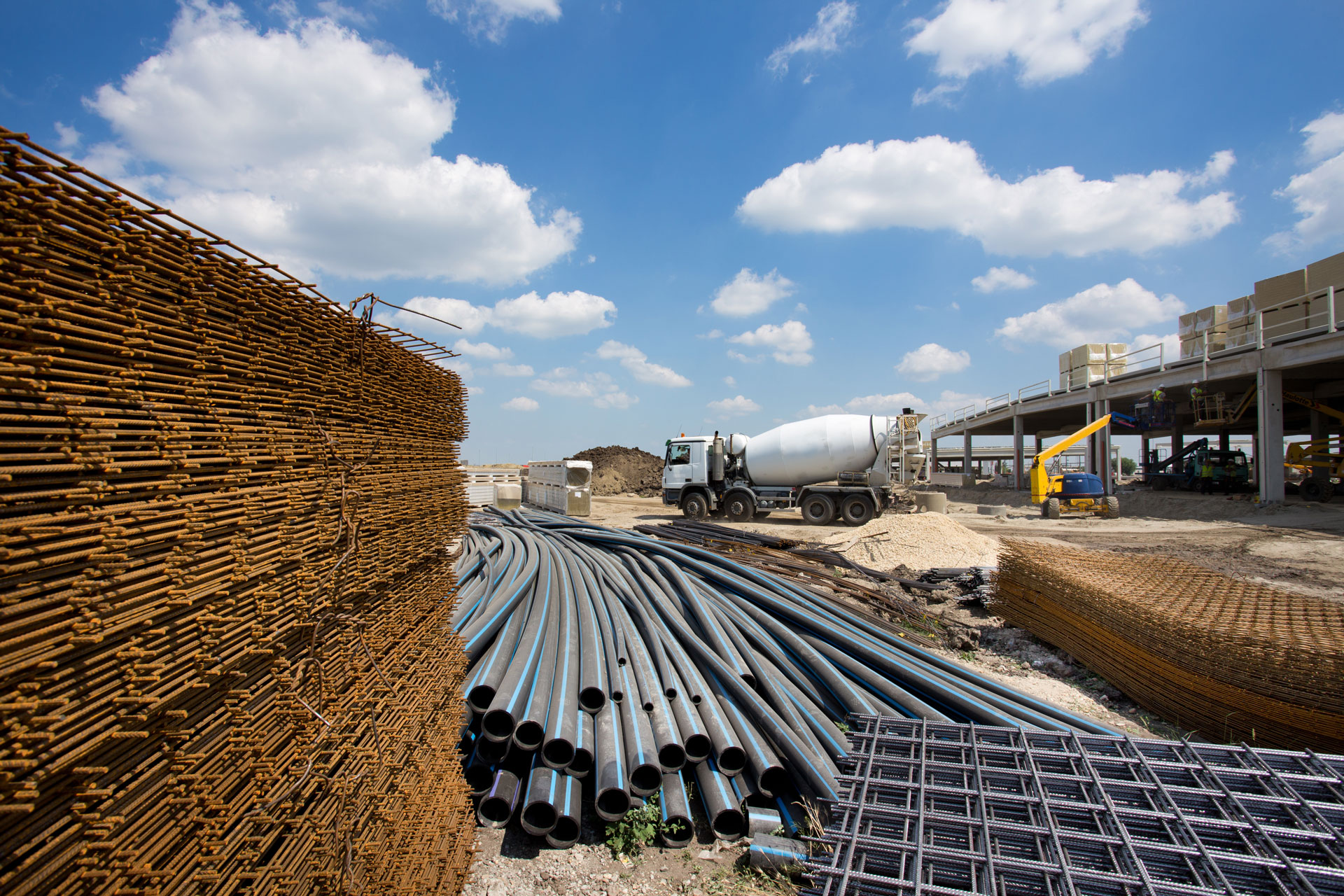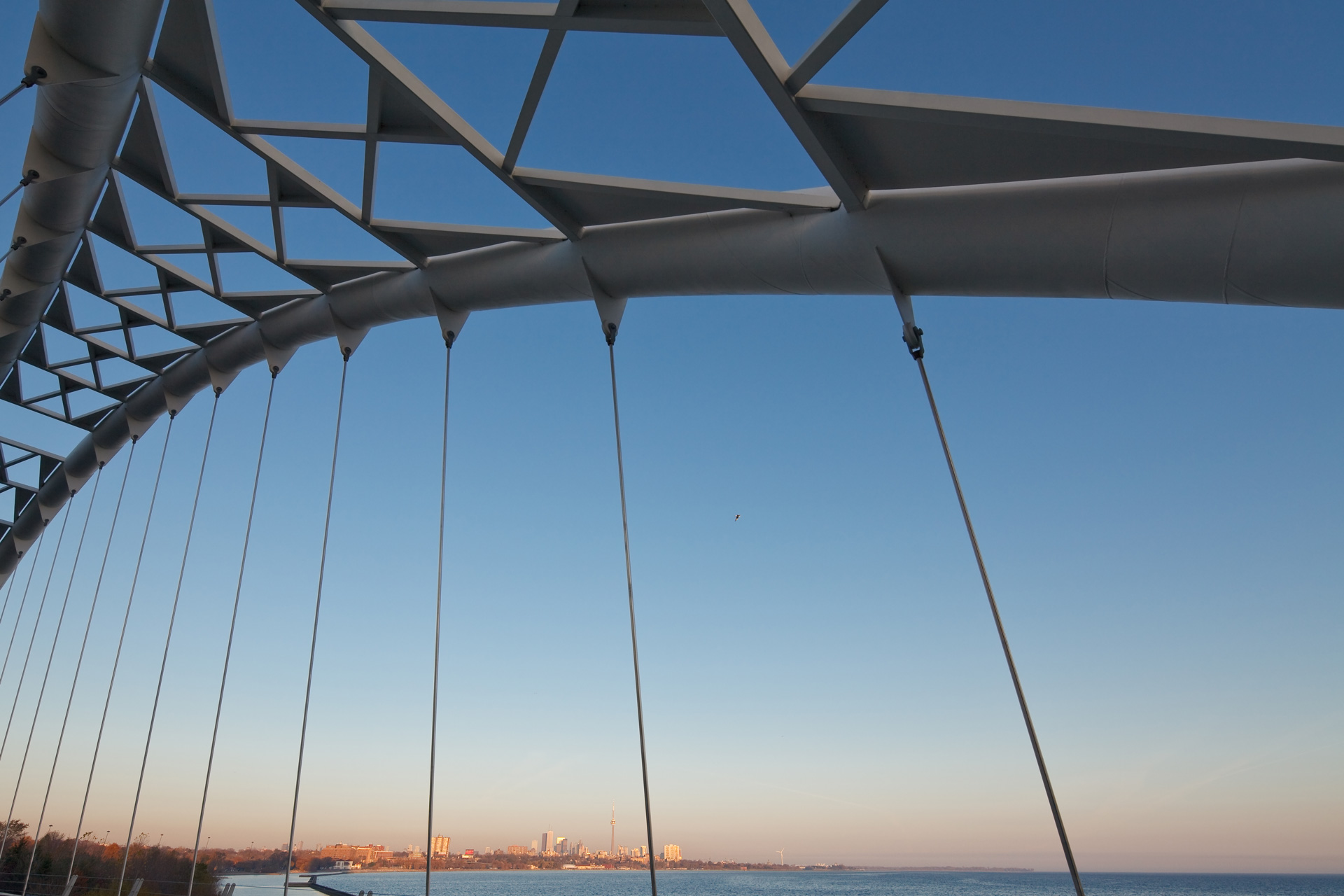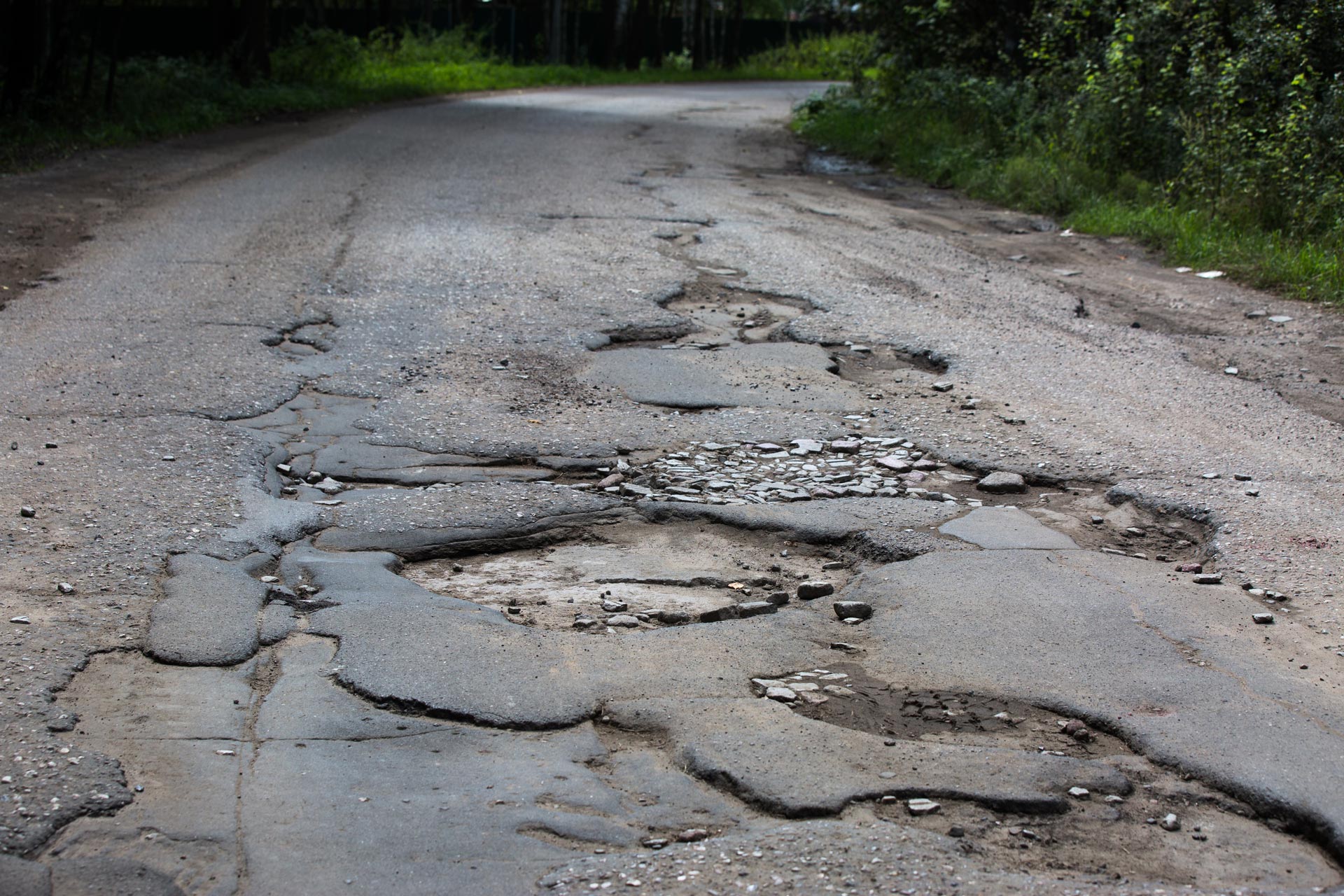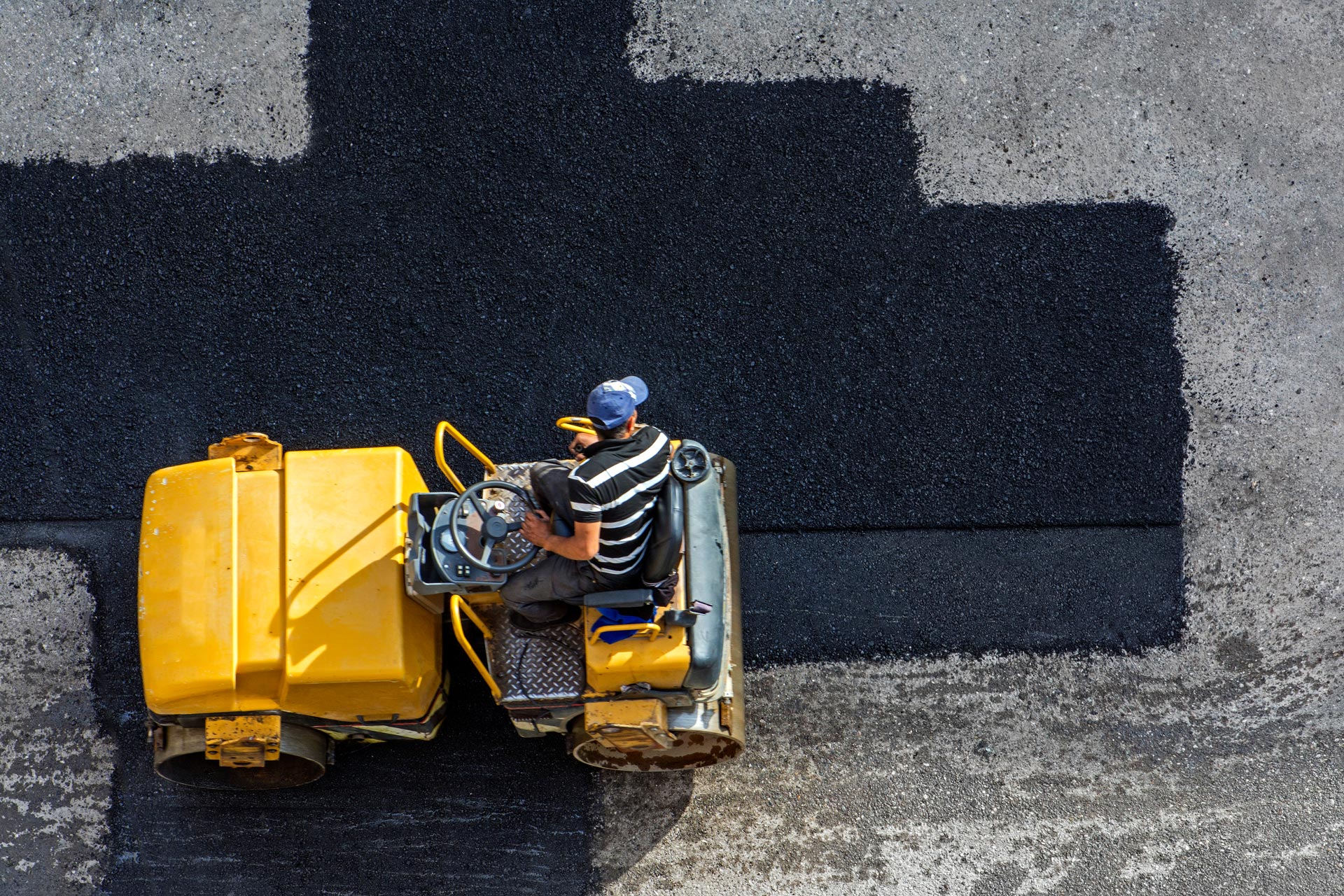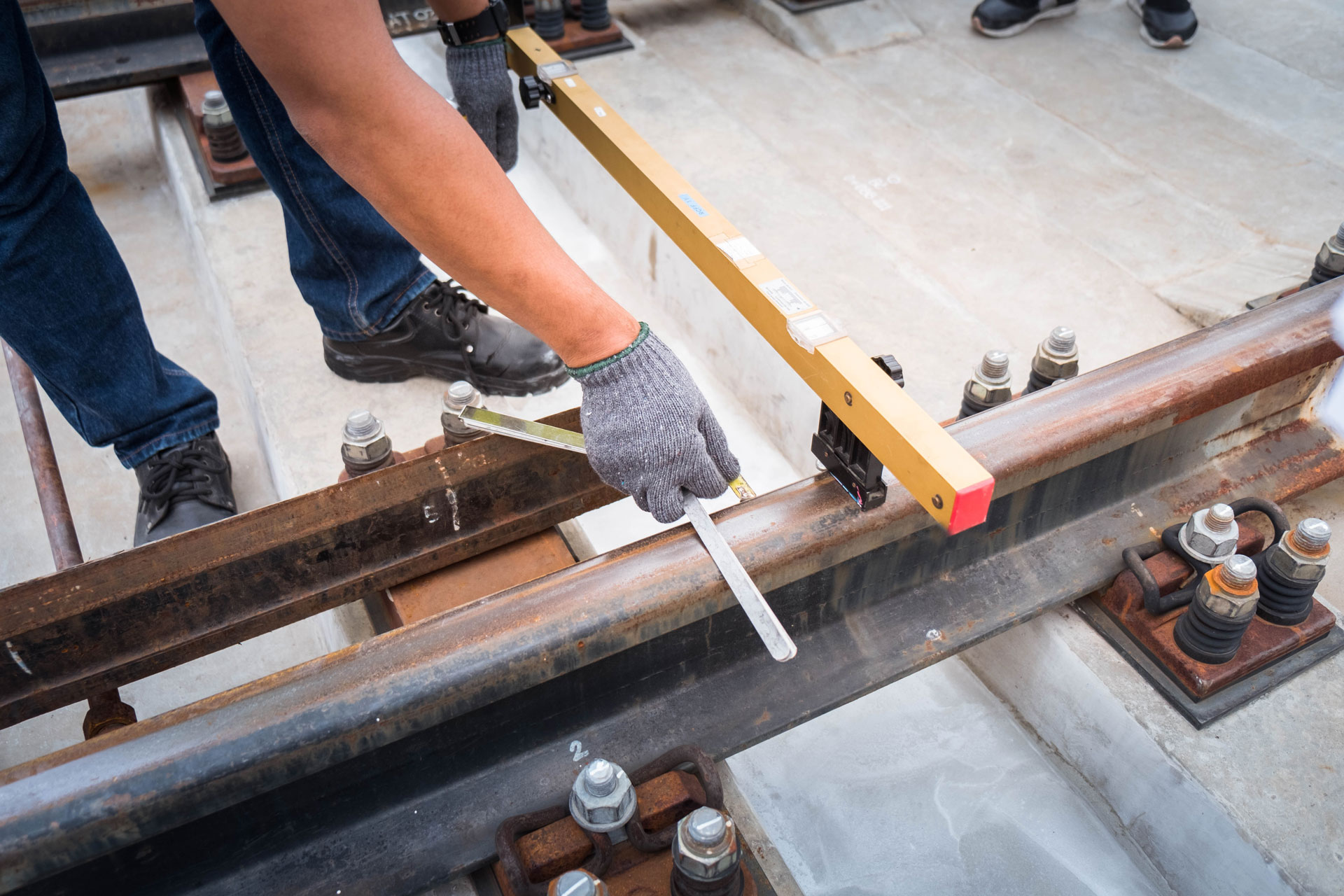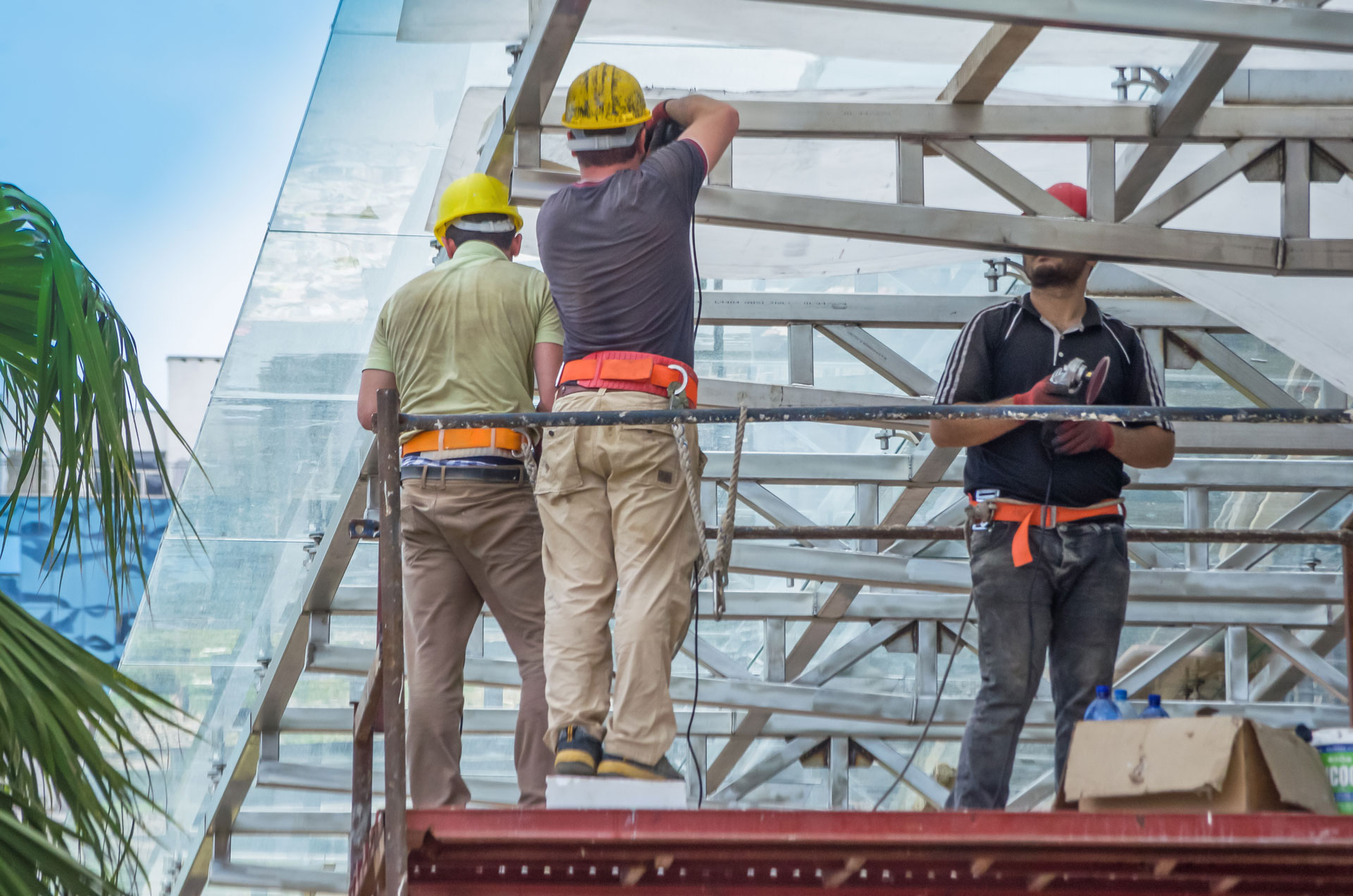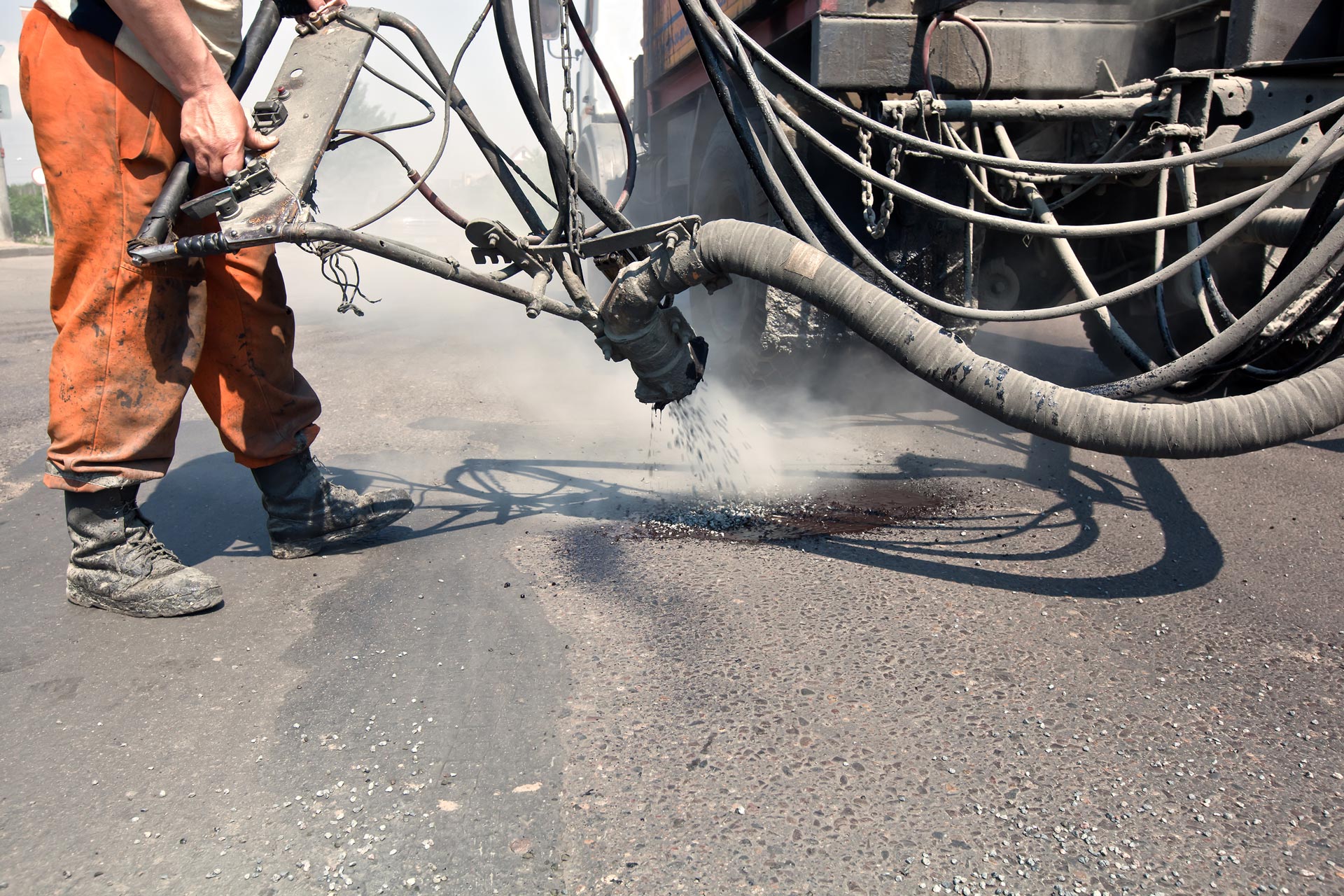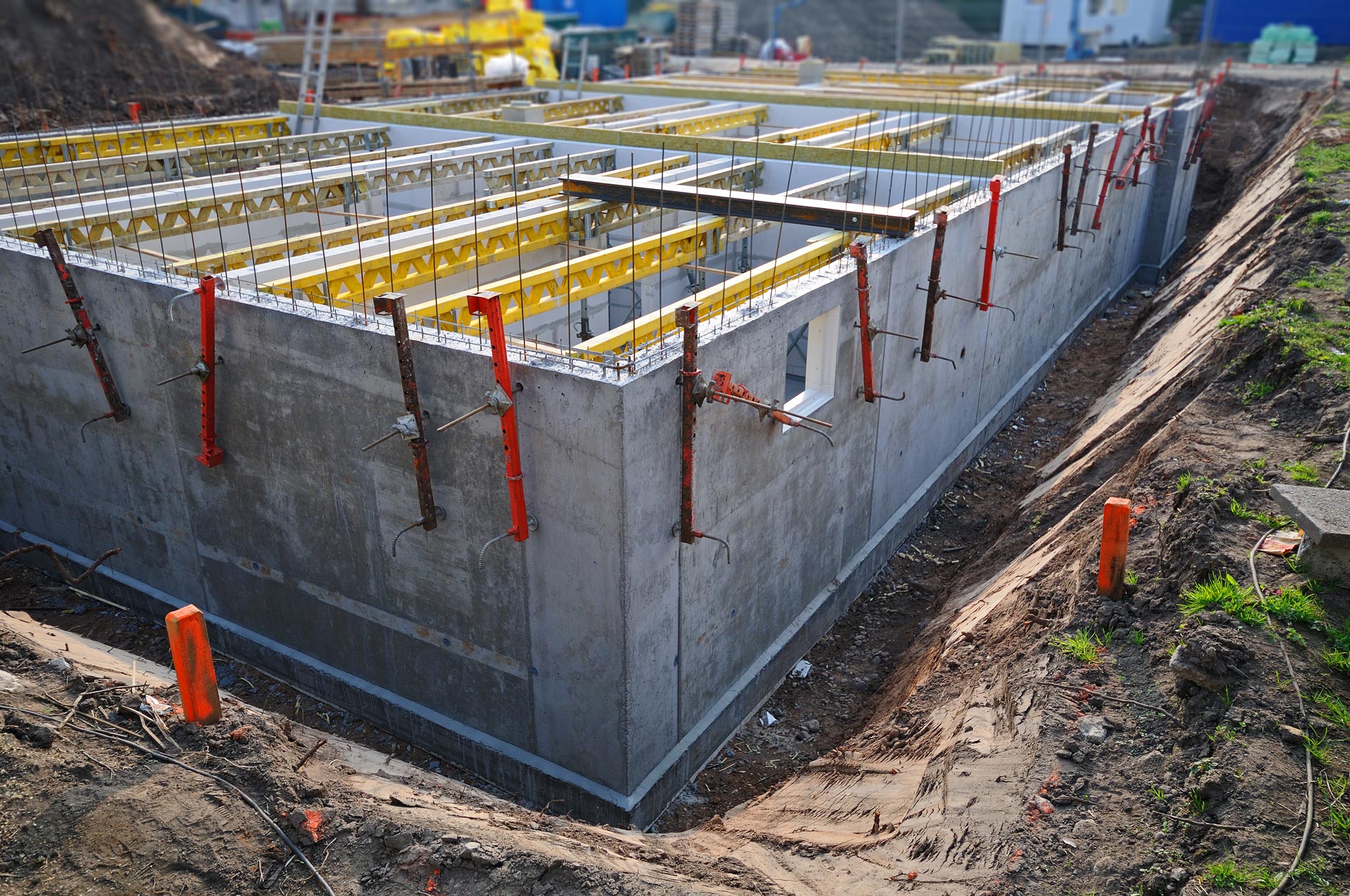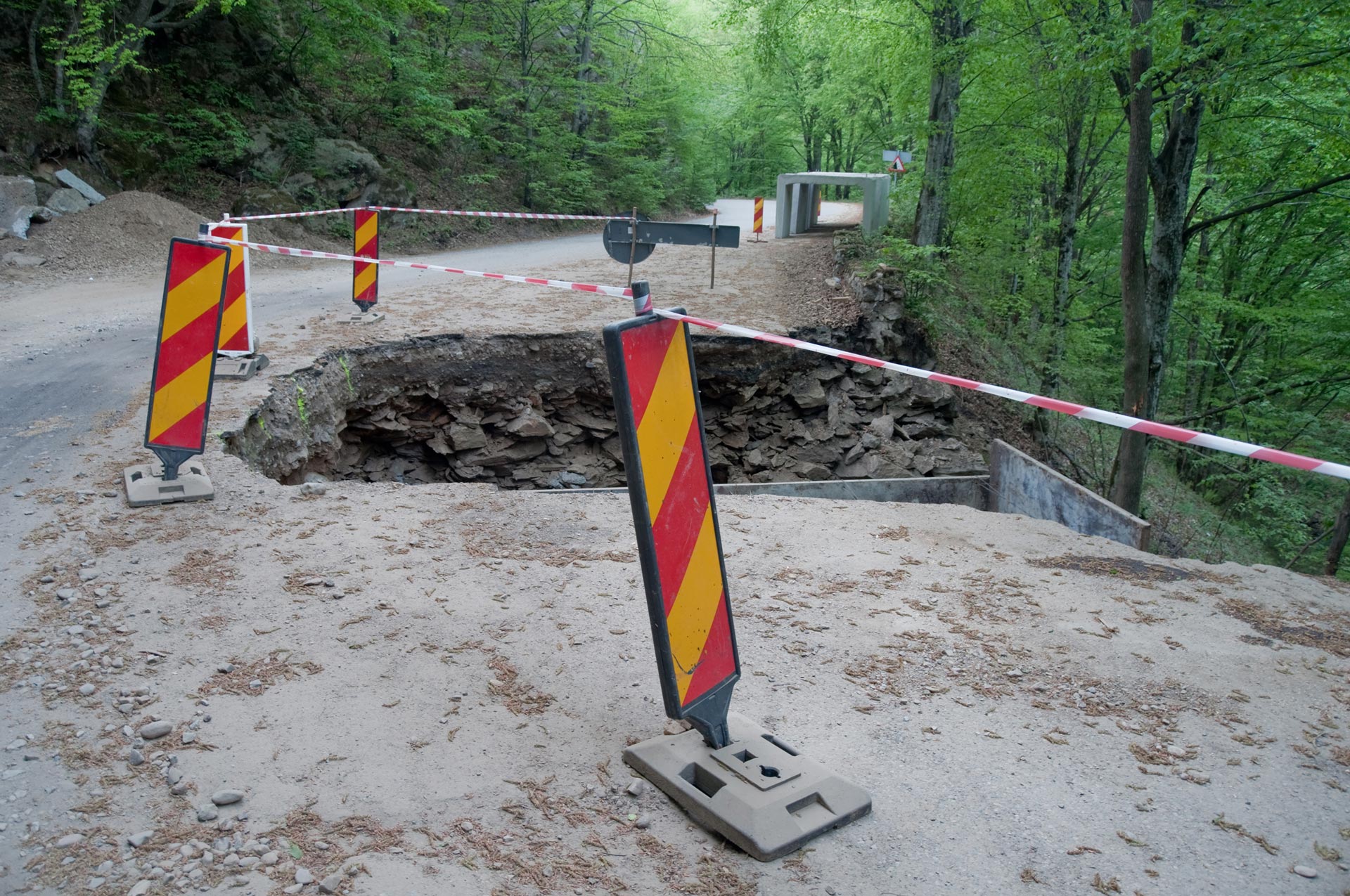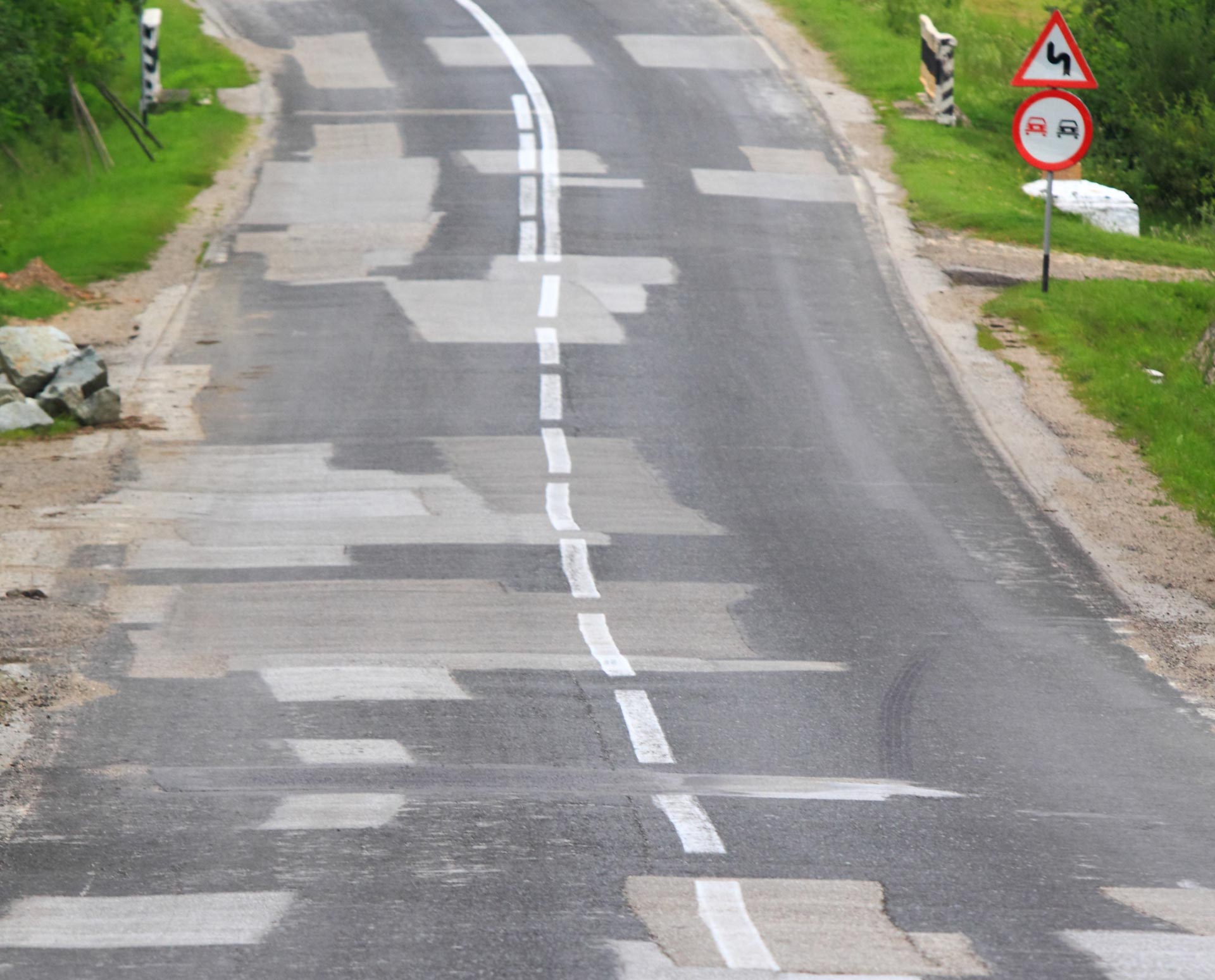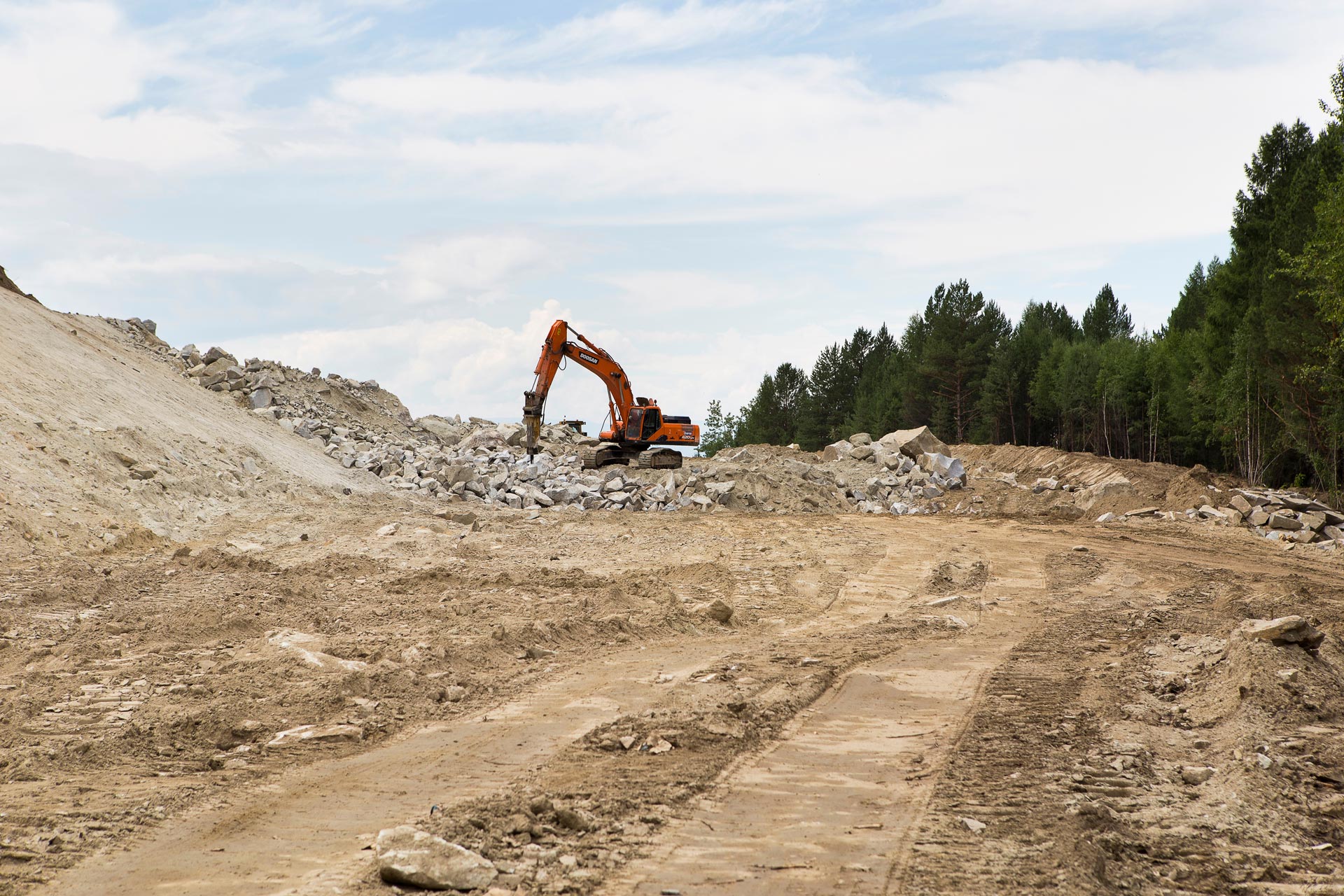Phase 2 - Remote Sensing for Bridge Scour Projects
Background: From 1966 to 2005, a total of 1,502 bridge failures occurred in the United States with approximately 60% of those failures due to hydraulic conditions, i.e. bridge scour. Bridge scour is the erosion of riverbed material as a result of flow conditions surrounding abutments and piers supporting bridges. The developed scour monitoring system utilizes radio transmitters, called float-out devices, to relay scour severity and location to a central radio receiver.
Findings: In this project phase, Phase 3, several modifications were made to the Phase 2 system in order to address personnel access concerns as well as to provide system autonomy through a solar power unit. Light indicator units are now only viewable when an operator has physical access to the locked metal enclosure; no light indicators are visible to passersby. The solar panel and battery back-up system were included in the system design, and can provide up to 69 days of autonomy. The re-design to include light indicators only when an operator has access to enclosure’s inside also served to reduce system power consumption and increase the number of days for autonomy. The system supports up to sixteen float-out device sensors.
Results: The system was installed in two parts, first the float-out device sensors and second the receiver unit. During this phase, the float-out devices were installed 2 days prior to the receiver unit installation, which was a result of installation contractor availability. Future installations should attempt to install the receiver unit before the float-out devices, in order to catch any possible scour events that deploy a float-out device sensor.
Recommendations: In future installations, if coverage is desired upstream, a second antenna can be used concurrently with the downstream antenna.

